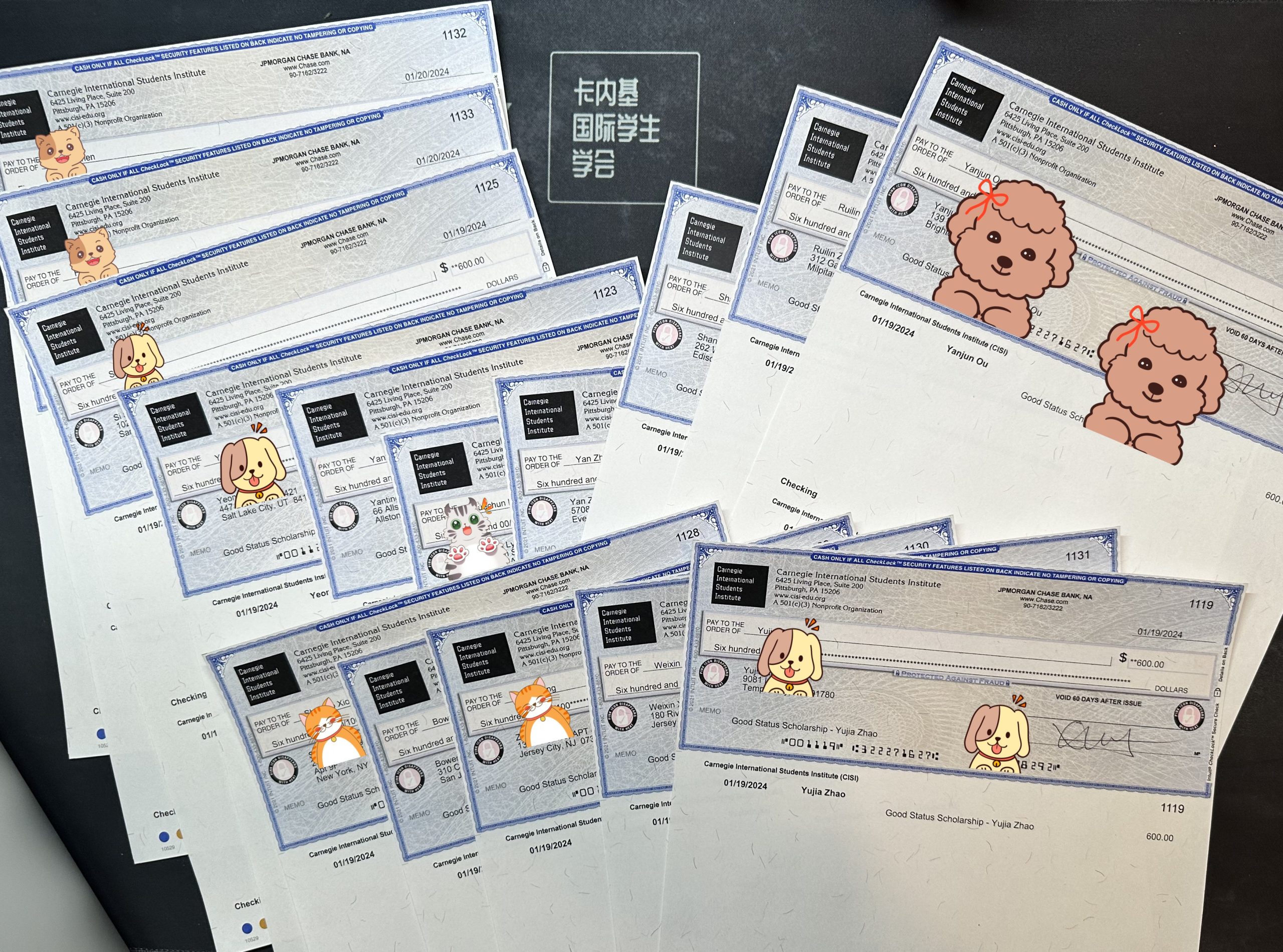Many employment-oriented master’s and doctoral programs encourage students to start field-related practical experience as early as possible. Therefore, these programs allow students to apply for and use CPT (Curricular Practical Training) from the very first day of school to begin internships or work. These programs are commonly referred to as “Day 1 CPT” programs. Typically, these programs follow a hybrid mode, primarily consisting of online courses and remote learning, with flexible course schedules that enable students to maintain full-time jobs while studying. This makes them a popular choice for students facing issues with legal work status. This article will help you understand how to balance full-time work and study in a Day 1 CPT program and how to plan effectively.

PART 1: Academics
The coursework for Day 1 CPT programs generally consists of the following components: online classes, in-person classes, and assignments/exams. Understanding and managing these components in advance is crucial for maintaining F-1 student status. This section will break down these three aspects of Day 1 CPT coursework to help you plan your time effectively.
- Online Classes: Online classes are the primary mode of instruction in Day 1 CPT programs, with most being pre-recorded and asynchronous. This allows you to flexibly schedule study time within the set deadlines, reducing conflicts with work. You can choose to spread out study tasks during weekday evenings or concentrate on weekends. Some courses are live-streamed, typically scheduled outside of work hours, such as on weekends or weekday evenings. Be sure to check the course syllabus for live class times and set reminders to avoid missing classes.
- In-Person Classes: Attending on-site classes is essential for maintaining F-1 status, so it is important to pay close attention to and manage these requirements. The frequency of on-site classes varies by program—some require only one session per semester, while others may have monthly sessions. The duration of each session can range from a few hours to three days. You need to plan ahead according to your program’s on-site class schedule. For programs with longer sessions (e.g., three days from Friday to Sunday), you may need to request time off from work in advance. Also, arrange transportation and accommodation in advance, arriving a day early if necessary to avoid delays that could impact attendance.
Attendance for in-person classes is strictly monitored. Any tardiness or early departures are considered absences and can pose a risk of dismissal, which would directly affect your F-1 status and CPT authorization.
| School Name | Onsite Frequency | How long each onsite session lasts |
| Trine University | Once per Semester | 1 Day |
| Westcliff University | Once per Semester | 2 Days |
| National Louis University | Once per Semester | 3 Days |
| Monroe College | 3-4 Times per Semester | 1 Day |
| CIAM | Twice per Semester | 1 Day |
| New England College,NEC | Once per Semester | 3 Days |
| Sofia University | 3 Times per Semester | 1 Day |
| Harrisburg University | 3 Times per Semester | 1 Day |
| Humphreys University | Once per Semester | 1 Day |
| Ottawa University | Twice per Semester | 3 Days |
- Assignments/Exams: During the Day 1 CPT program, you must maintain a GPA of 3.0 or above to graduate successfully and keep your CPT active. Therefore, it’s crucial to take assignments and exams seriously. Make sure to check the deadlines for each assignment in advance and mark exam dates in your calendar to meet course requirements.

Additionally, be cautious of programs with seemingly light coursework. USCIS has specific academic requirements for F-1 visa holders, and programs that appear to have easy coursework may not meet these requirements. If a program is found non-compliant, it could be shut down, affecting students’ legal status. Keep detailed records of coursework, assignments, and related emails to provide adequate evidence if needed during future status changes.
PART 2: Work with CPT
Day 1 CPT programs allow students to start working from the first day of school, provided the work is related to their field of study and the start date aligns with the CPT start date.
For students already working on OPT before enrollment, there might be a gap during the transition to the new school. You must transfer your SEVIS record to the new school before starting, and you cannot work legally during this period. Typically, this requires a 1-2 week unpaid leave until CPT is approved and effective. Once the CPT is approved and issued, you can resume normal work as long as you complete weekly study tasks on time.
*Tip: For a smooth transition of status, consult with CISI experts for guidance!
Manage your coursework and work requirements effectively, plan your time well, and you’ll be able to balance work and study successfully. If you encounter any issues, maintain open communication with your school and feel free to seek free advice from Carnegie International Student Institute (CISI).

